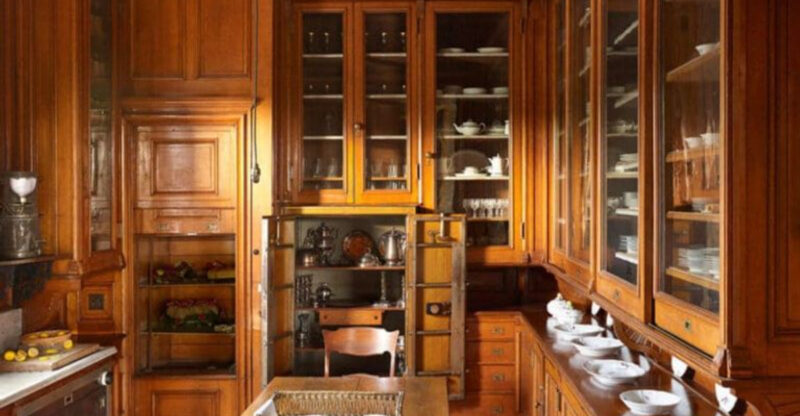16 Things Home Stagers Always Remove Before A House Hits The Market
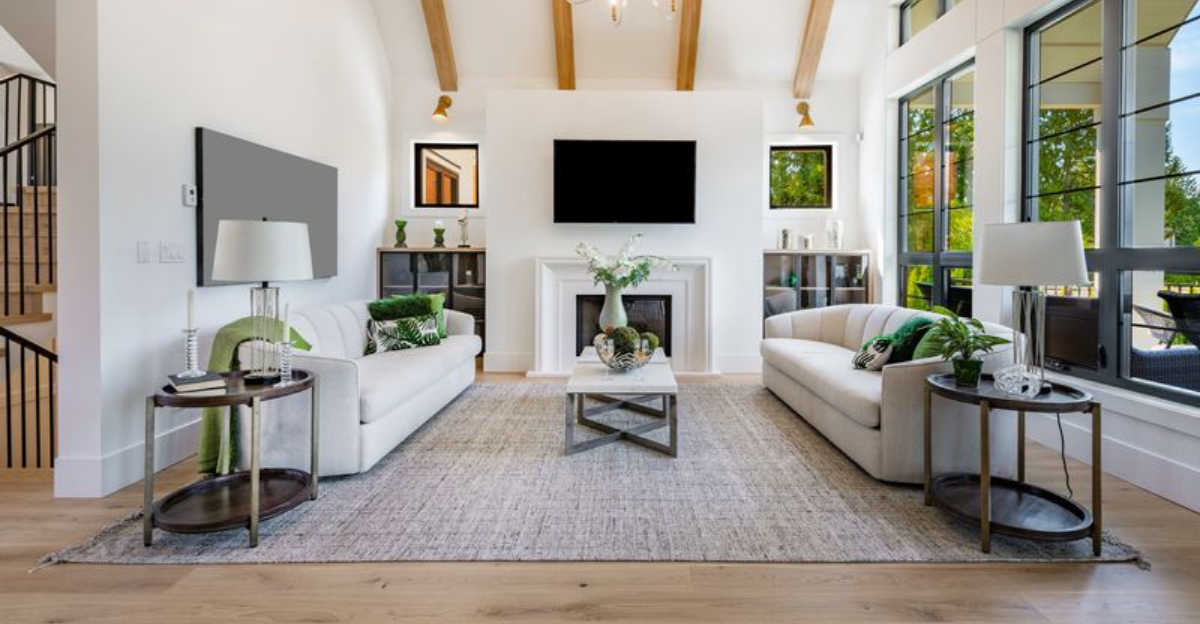
Getting ready to sell your home? The secret to a faster, higher offer might be what you take out, not what you put in.
Professional home stagers are masters at turning everyday spaces into irresistible showcases and it all starts with knowing what has to go.
From personal items to dated décor, these strategic edits help buyers picture their future, not your past. Let’s uncover what stagers always remove and why it works.
1. Personal family photos
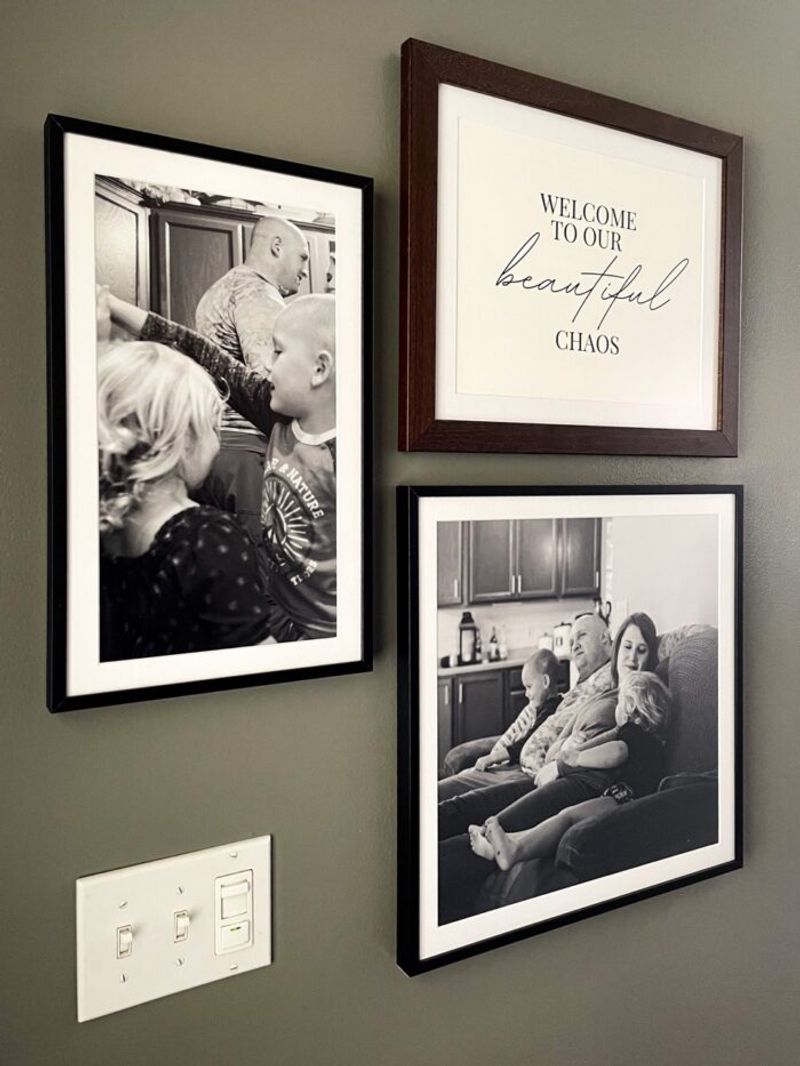
Family snapshots make your house feel like a home—your home, not the buyer’s future home. Professional stagers immediately pack away those graduation portraits, wedding pictures, and vacation memories that tell your family’s story.
Buyers need mental space to envision their own photos on those walls and shelves. When your personal memories dominate a space, it becomes harder for others to mentally move in. This simple change transforms your personal sanctuary into a welcoming, neutral space where others can dream.
Keep a few tasteful, generic photos if you must, but remember that the goal is to help buyers see themselves living there, not you.
2. Excess furniture pieces
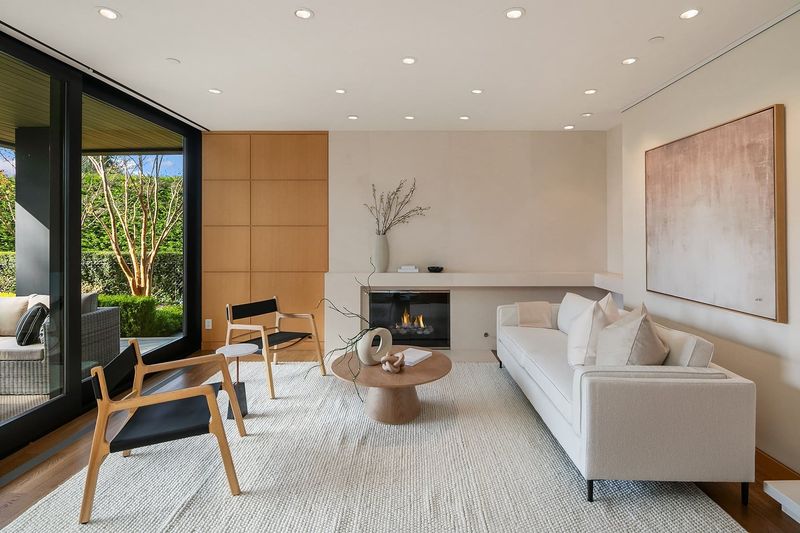
Crowded rooms appear smaller than they actually are. Stagers ruthlessly evaluate every furniture piece, asking if it serves the room’s purpose or just takes up valuable space.
That extra armchair, side table, or ottoman you’ve grown accustomed to might actually be suffocating your square footage. Most rooms function best with minimal furniture arranged to create clear pathways and conversation areas.
When potential buyers can easily move through spaces without obstacle courses, they perceive the home as more spacious and well-designed. Your storage ottoman might be practical for your family, but if it makes the living room feel cramped, professional stagers will show it the door without hesitation.
3. Religious symbols and decor
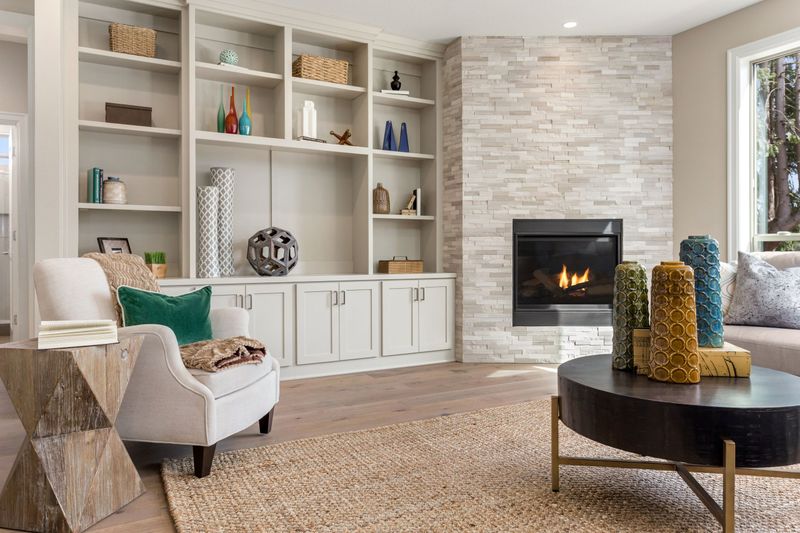
Your faith might be central to your identity, but religious items can distract buyers who don’t share your beliefs. Crosses, menorahs, Buddha statues, and prayer corners create strong impressions that might not resonate with everyone touring your home.
Home stagers aren’t suggesting you hide your faith they’re helping create neutral territory where diverse buyers can envision their own lives. When potential buyers notice religious items, they might subconsciously feel like outsiders in what could be their future home.
This temporary removal helps buyers focus on the property’s features rather than your personal beliefs. After all, you’re selling the house, not your lifestyle or values save those meaningful items for your next home.
4. Bold or unusual wall colors
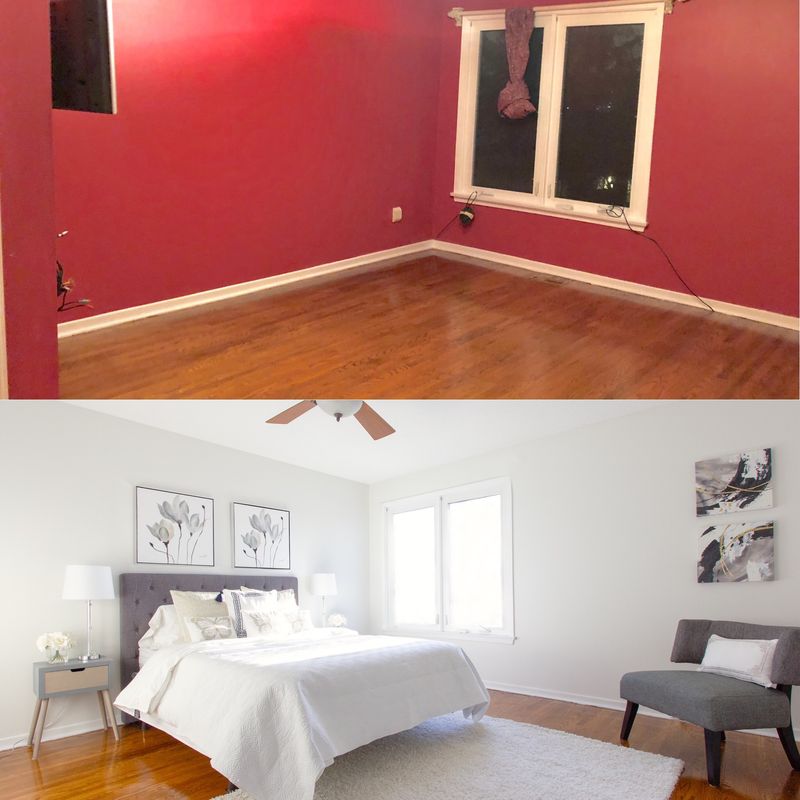
That dramatic red dining room or sunny yellow kitchen might perfectly express your personality, but bold wall colors limit buyer appeal. Vibrant or unusual paint choices make spaces feel smaller and can overwhelm potential buyers who struggle to see past your color preferences.
Neutral walls create a clean backdrop that makes rooms appear larger, brighter, and more move-in ready. When buyers don’t mentally add “repaint entire house” to their to-do list, they’re more likely to make competitive offers.
Professional stagers typically recommend repainting statement walls in soft whites, warm beiges, or light grays. These neutral palettes help buyers focus on the home’s architectural features rather than being distracted by your color choices.
5. Pet beds and toys
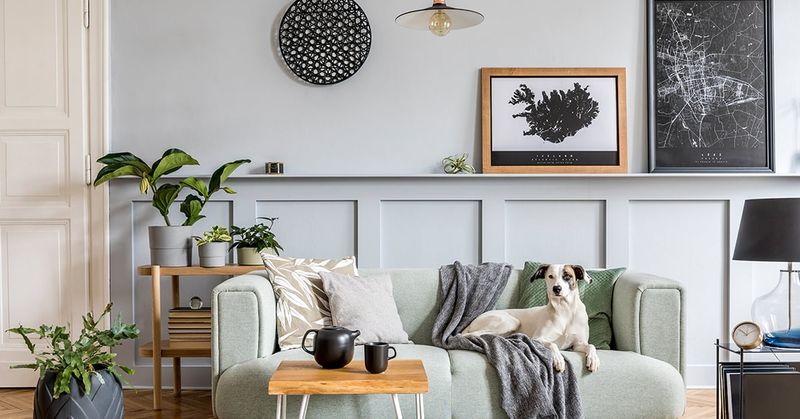
Your furry family members need their stuff, but pet paraphernalia signals potential problems to buyers. Those dog beds, cat trees, and scattered toys aren’t just clutter they raise concerns about pet odors, damage, and allergens that might be lurking in the home.
Even immaculately maintained homes with pets can trigger hesitation from buyers who worry about lingering issues. Stagers recommend temporarily relocating pet beds to discreet locations, storing toys in closed containers, and removing food bowls during showings.
This doesn’t mean Fido needs to move out during the selling process! Simply keeping pet supplies out of sight helps buyers focus on your home’s features rather than wondering if that carpet has seen accidents or if pet hair might trigger their allergies.
6. Heavy window drapes
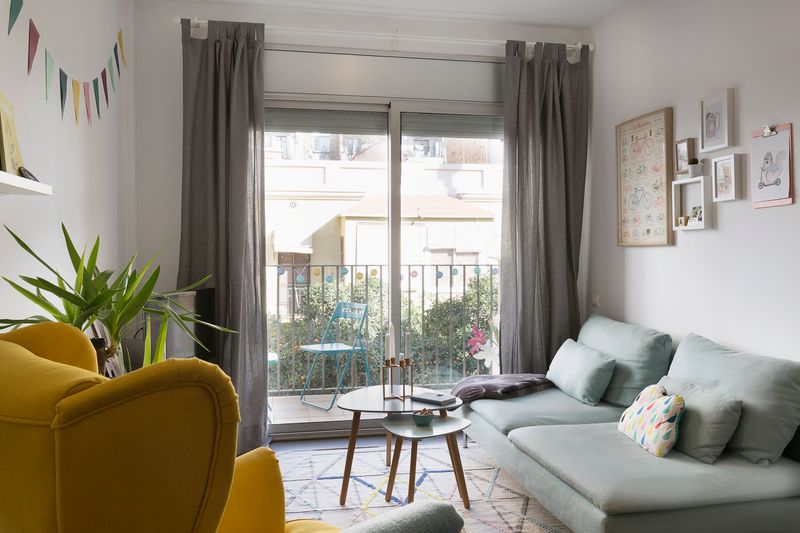
Those thick, ornate curtains that keep your home cozy might actually be sabotaging your sale. Heavy window treatments block natural light, make rooms appear smaller, and often reflect outdated personal taste that buyers can’t see past.
Natural light sells homes faster than almost any other feature. When stagers swap heavy drapes for simple blinds or lightweight curtains, spaces instantly feel larger, brighter, and more contemporary.
Your blackout curtains might be perfect for weekend sleep-ins, but during home showings, they’re working against you. Professional stagers maximize light penetration while maintaining privacy with minimal window coverings that frame views rather than hiding them.
7. Refrigerator magnets and clutter
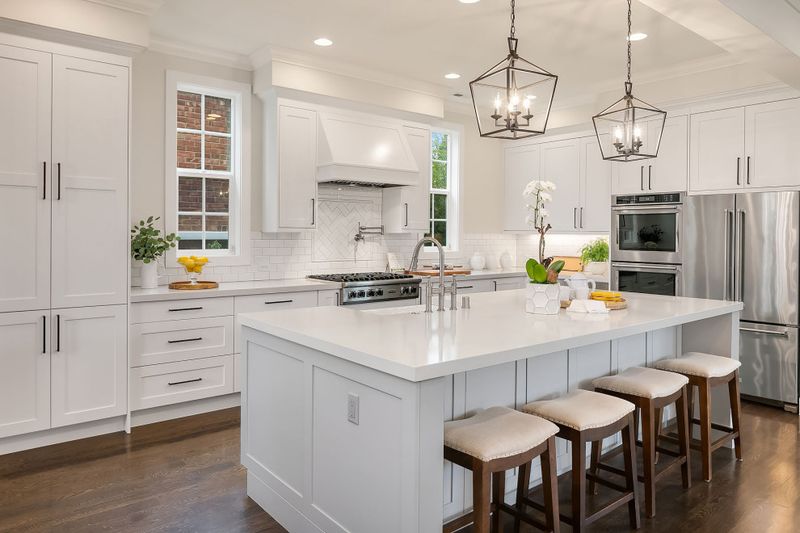
If your refrigerator looks like a family bulletin board, stagers will strip it bare faster than you can say “showing appointment.” Those school schedules, vacation magnets, and children’s artwork create visual chaos in what should be a clean, streamlined kitchen.
Kitchens sell homes, and cluttered surfaces suggest limited storage and counter space. When buyers see a fridge covered in magnets and papers, they subconsciously register disorder rather than focusing on the kitchen’s positive features.
The same principle applies to countertops coffee makers, toaster ovens, and knife blocks all get minimized or removed entirely. Stagers know that sleek, clear surfaces make kitchens appear more spacious and high-end, even without expensive renovations.
8. Bathroom toiletries on counters
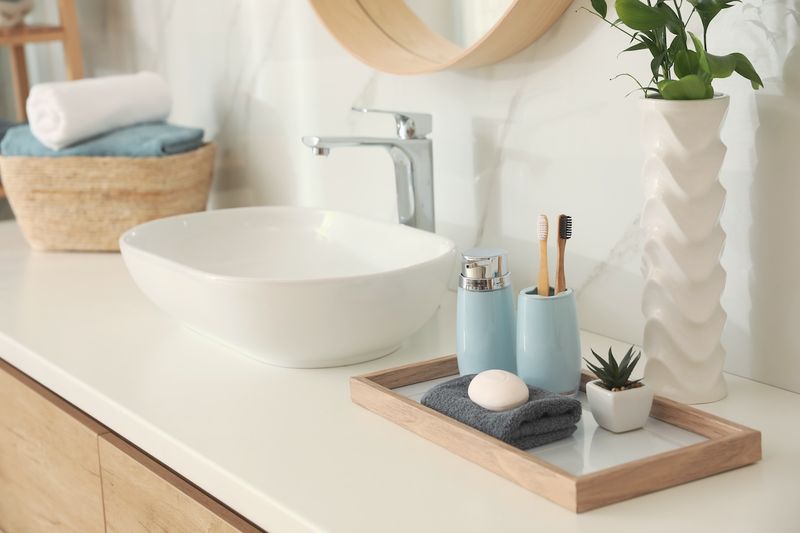
Your morning routine might require easy access to products, but bathroom counters should be nearly empty during showings. Toothbrushes, makeup, hair products, and medications create visual clutter that diminishes the bathroom’s appeal and raises privacy concerns.
Buyers need to envision their own routines in this space, not wonder about your skincare regimen. Professional stagers typically leave only decorative hand soap and perhaps a small plant or candle to create a spa-like atmosphere. This transformation isn’t just about appearances it’s strategic marketing.
Cleared countertops make bathrooms appear larger, better maintained, and more luxurious. When you’re selling, even small bathrooms can impress if they’re presented as clean, organized sanctuaries rather than busy personal spaces.
9. Excessive wall art
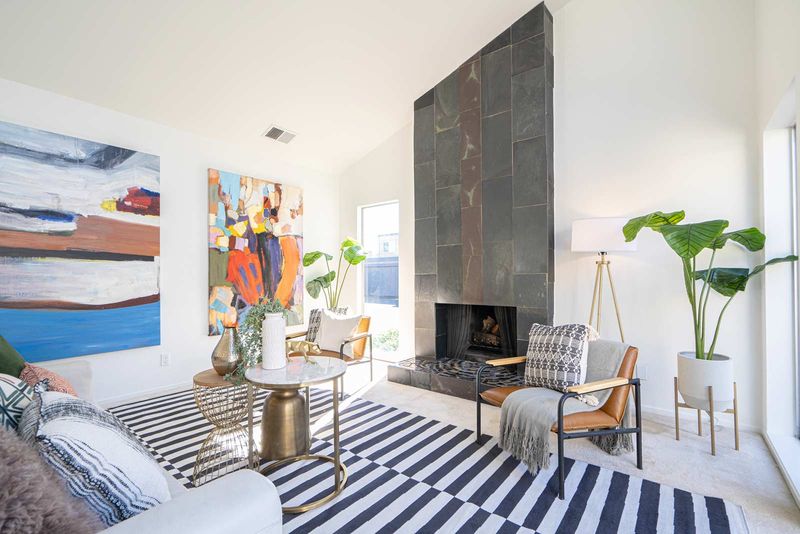
Your carefully curated gallery wall might tell your story beautifully, but too much wall art overwhelms potential buyers. Professional stagers typically remove at least half of the artwork in most homes, creating breathing room for the eye and highlighting architectural features instead of decorations.
When walls are overcrowded with frames, buyers struggle to notice crown molding, window details, or the actual dimensions of the space. The remaining art should be strategically placed to draw attention to the room’s best features or create balanced focal points.
If your walls resemble an art gallery, expect significant thinning during the staging process. The goal isn’t to eliminate your personality entirely but to present walls as primarily blank canvases where buyers can mentally hang their own treasured pieces.
10. Overstuffed bookshelves
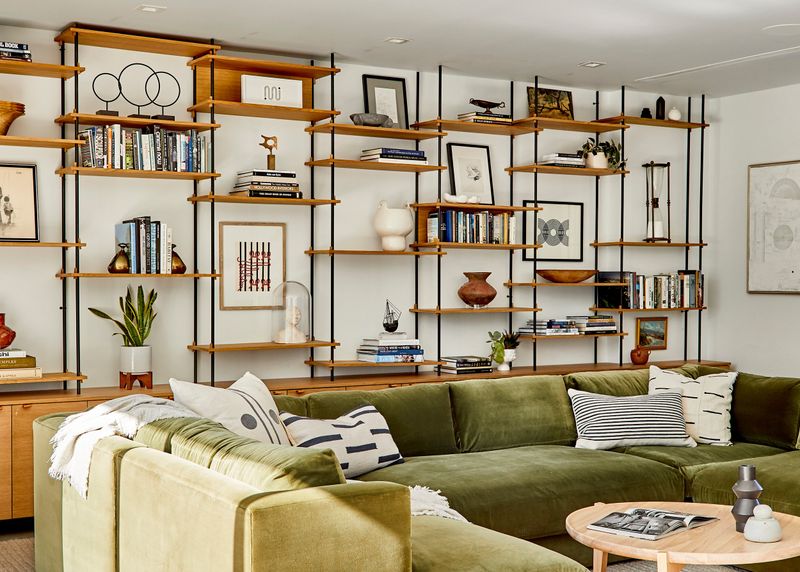
Your impressive book collection might showcase your intellect, but packed bookshelves make rooms feel smaller and more personal than ideal for selling. Professional stagers dramatically reduce shelf contents, transforming crowded bookcases into thoughtfully arranged display areas with negative space.
When books are arranged with breathing room and interspersed with a few simple decorative objects, shelves become architectural features rather than storage units. This styling technique makes rooms appear larger while maintaining some warmth and character.
Don’t worry nobody’s suggesting you give away your beloved books! Simply boxing most volumes temporarily creates the spacious, curated look that helps buyers envision their own possessions in the space. After all, you’re selling the shelves, not what’s currently on them.
11. Collections or memorabilia

Your vintage teacup collection or sports memorabilia display might be your pride and joy, but collections create visual clutter that distracts potential buyers.
Professional stagers immediately pack away figurines, collectibles, and themed items that reflect your personal interests rather than highlighting the home. Collections draw attention to themselves instead of architectural features or room proportions. When buyers notice your extensive Disney figurines or shot glass collection, they’re focusing on your personality rather than imagining their own life in the space.
This temporary sacrifice helps buyers see the house, not your hobbies. After closing, you can proudly display your treasures in your new home, but during showings, those special items should be carefully packed away.
12. Exercise equipment in living spaces
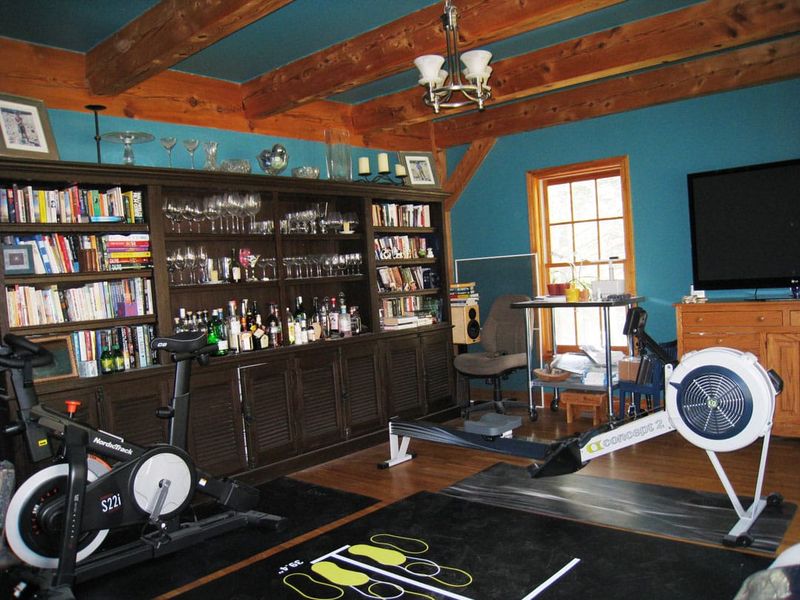
That treadmill in your bedroom corner or yoga mat permanently unrolled in the living room sends mixed messages about room purposes. Exercise equipment in non-designated fitness spaces confuses buyers about how rooms function and makes spaces feel smaller than they actually are.
Professional stagers either remove fitness equipment entirely or ensure it’s limited to dedicated exercise rooms. When buyers see a Peloton bike in your living room, they don’t admire your commitment to fitness they wonder if the home lacks proper space allocation.
Your daily workout routine matters less than presenting rooms with clear, single purposes. During the selling process, consider temporarily storing larger equipment or creating a dedicated workout zone in a basement or spare room if the layout allows.
13. Laundry hampers in view
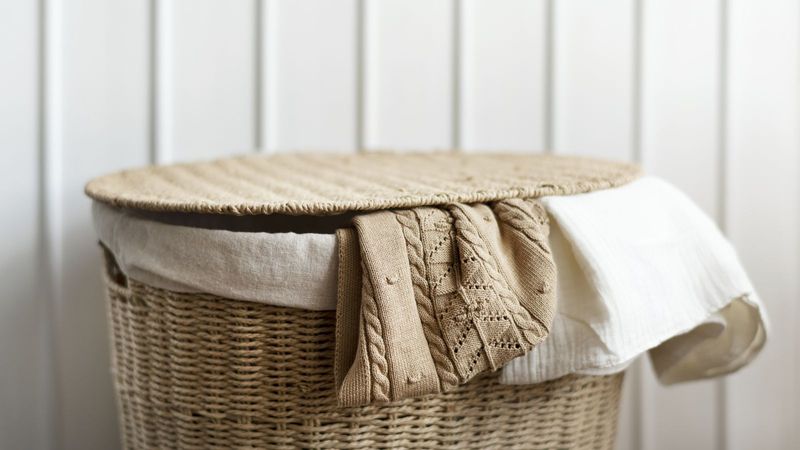
Visible laundry hampers reveal too much about your daily life and create an impression of insufficient storage. Even empty hampers suggest dirty clothes might be lurking nearby, triggering negative associations during home tours.
Stagers tuck hampers inside closets or replace them with decorative versions that complement the room’s design. When buyers open closet doors, they should see organized, spacious storage not evidence of household chores waiting to be done. This small change dramatically improves bathroom and bedroom presentations.
Your practical plastic hamper serves an important function, but during showings, laundry management should remain completely behind the scenes. Remember, you’re selling a lifestyle dream where dirty clothes apparently don’t exist!
14. Worn or dated rugs
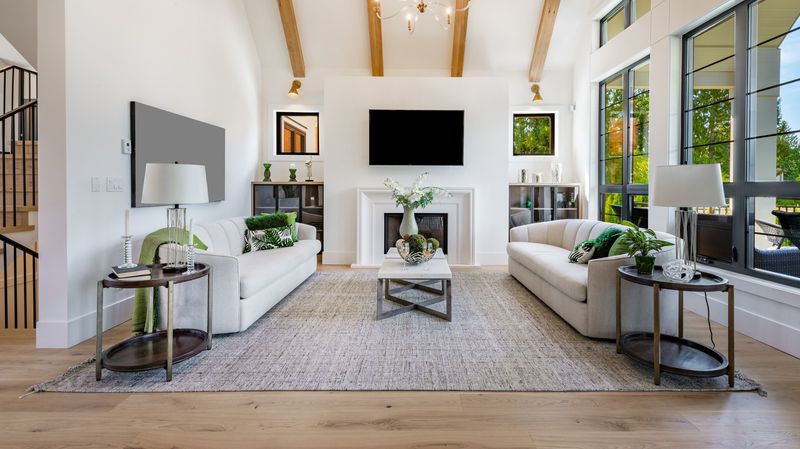
That comfortable but faded living room rug might feel like home to you, but buyers notice worn spots and outdated patterns immediately. Stagers often remove area rugs entirely, especially if hardwood floors underneath are in good condition.
Worn rugs suggest neglect even when the rest of your home is immaculate. If bare floors aren’t an option, stagers replace dated rugs with simple, neutral options that define spaces without drawing attention to themselves.
Your Persian rug with the slight coffee stain might have character and memories, but during showings, it’s better to showcase floor space and architectural details. This doesn’t mean investing in expensive new rugs sometimes the best staging decision is simply revealing what lies beneath those worn fibers.
15. Out-of-season decor
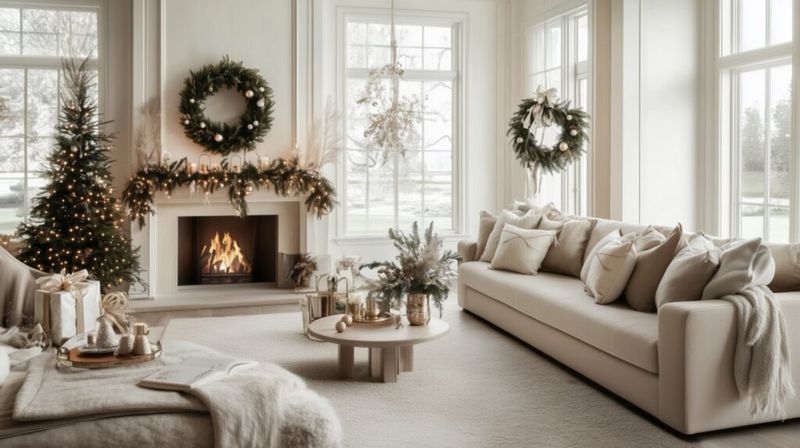
Holiday decorations or seasonal items create immediate dating issues in listing photos and confuse buyers touring your home. Christmas trees in March, Halloween pumpkins in January, or beach-themed accessories in winter all make your home feel out of sync with the current market.
Professional stagers create timeless environments that feel current regardless of when buyers view the property. Neutral, season-appropriate decor ensures your listing photos won’t scream “this house has been sitting unsold since Christmas” if it’s now spring.
Even subtle seasonal touches like heavy winter throws or pastel spring pillows get evaluated critically. The goal is creating a perpetual “right now” feeling that helps buyers connect immediately with the space rather than mentally calculating how long your home has been for sale.
16. Political or controversial items
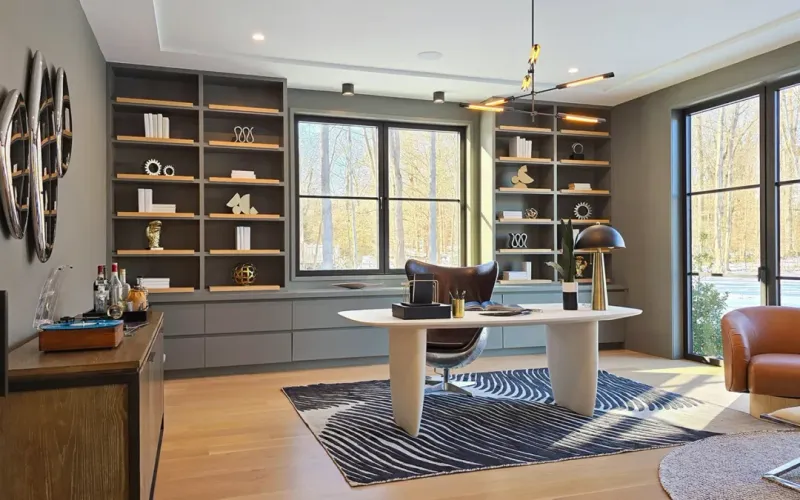
Campaign signs, politically-themed books, or controversial artwork might reflect your values, but they can instantly alienate roughly half your potential buyers. Professional stagers immediately remove anything that reveals political leanings or could spark debate during showings.
Your goal is selling your home to anyone who loves the property not just people who share your worldview. When buyers spot items that conflict with their own beliefs, they may struggle to connect emotionally with the space or even cut tours short.
This isn’t about hiding who you are, but about creating neutral territory where diverse buyers can envision their own lives. After closing, you can proudly display your political memorabilia in your new home, but during showings, those personal statements should be packed away.


